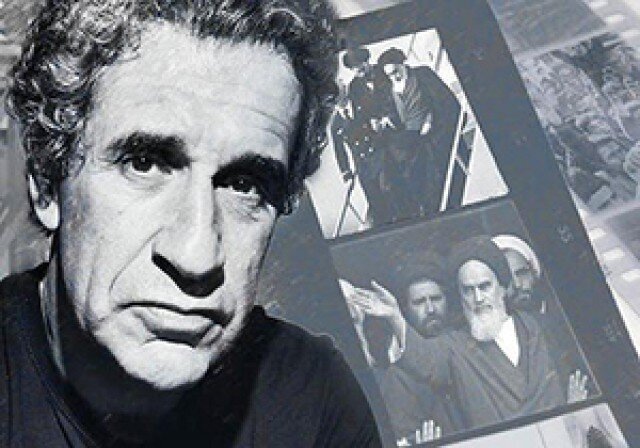Photo exhibition by Michel Setboun opens at Niavaran cultural complex

TEHRAN - A special photo exhibition featuring the works of renowned French photographer Michel Setboun is now open to the public at the Niavaran Historical-Cultural Complex in Tehran.
The exhibition commemorates the 46th anniversary of the Islamic Revolution and showcases a selection of Setboun’s iconic photographs documenting the significant events of 1979.
The exhibition, held in the Blue Hall of the Niavaran complex, presents images from Setboun’s book “Days of Revolution”, which chronicles key moments from the revolution. Organized in collaboration with the Association of Photographers of the Islamic Revolution and Sacred Defense, the exhibition offers a rare glimpse into the tumultuous days leading up to the victory of the revolution.
Setboun, who closely followed the revolutionary events, captured historic moments including the exile and return of Imam Khomeini. His extensive collection of 28,000 photographs includes images of mass demonstrations, public gatherings, and Khomeini’s speeches at Behesht-e Zahra Cemetery and Alavi School. These images serve as a valuable visual archive of one of Iran’s most defining historical periods.
Setboun, 72, started as an architect but turned to photography in 1978 as a news and war photographer covering conflicts around the world for SIPA Press, a French photo agency based in Paris. He also covered news events in El Salvador, Afghanistan, and Pakistan among others. In the late 1980s, he started working on long-term international stories in Mongolia, Hong Kong, Albania for French Rapho photo agency and U.S.-based Sygma Photo News. In 1990 he decided to work as a freelance photographer, again on long-term projects. He still produces fine art photography and books and his photos have been published in The New York Times, Geo, Life, and Paris Match, among others.
The exhibition will be open daily from 9 a.m. to 5 p.m. until February 18, welcoming photography enthusiasts, historians, and visitors interested in this pivotal chapter of Iran’s modern history.
Covering an area of about eleven hectares, the Niavaran Cultural-Historical Complex is composed of several landmark buildings, museums, and monuments constructed in the 19th and 20th centuries during the Pahlavi and late Qajar eras. The main palace of the complex was originally erected for royal ceremonies and gatherings. However, it later turned into a dwelling for Mohammad Reza Shah and his family.
AM
Leave a Comment